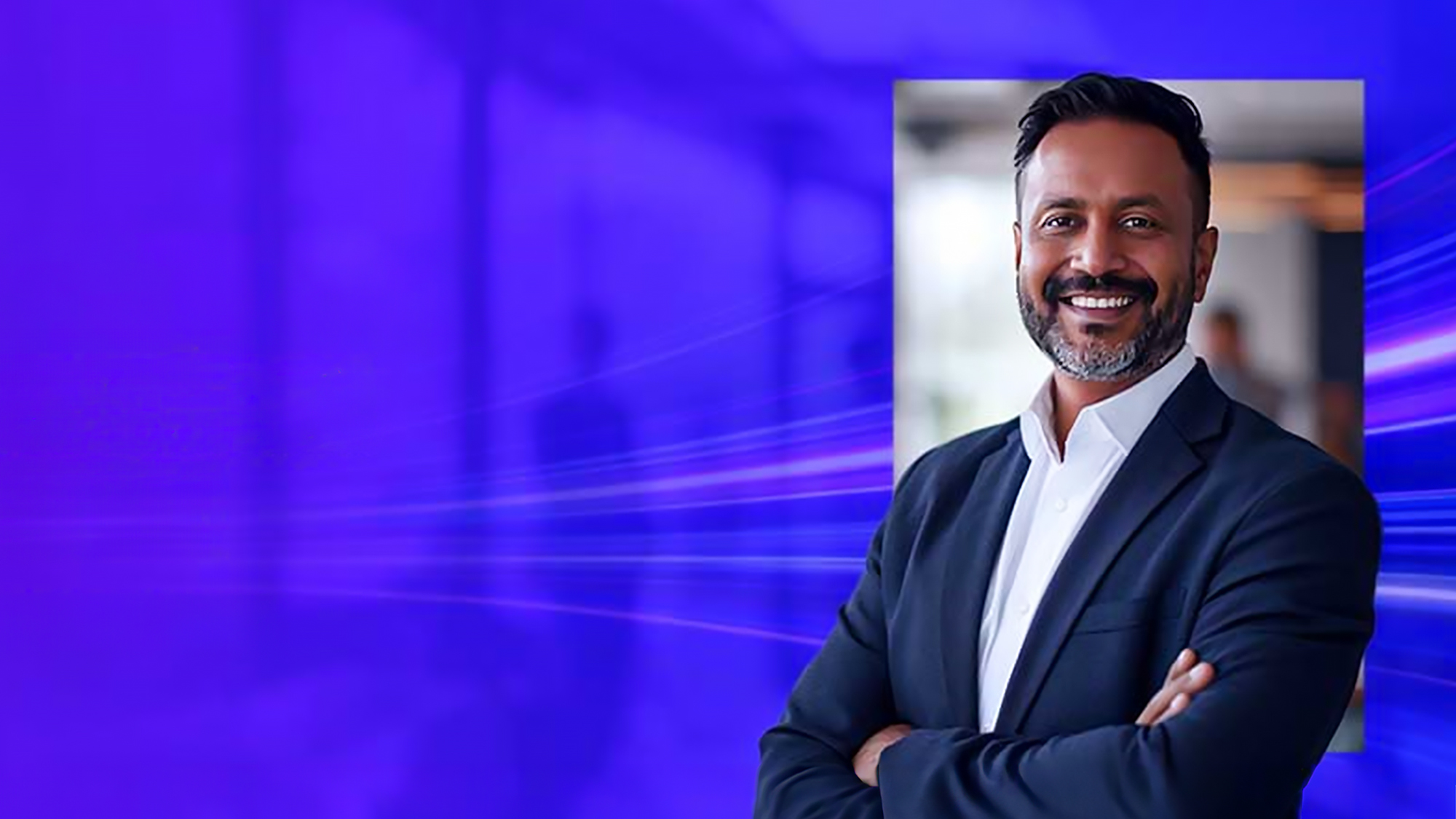The technology, media and telecommunications (TMT) sector is leading the way in driving digital transformation across organizations through its continuous innovation and development of new technology. This has caused TMT organizations to evolve from previously offering distinct services to becoming multi-dimensional service providers, adding layers of diversity to their profiles. This transformation is driven by emerging technologies such as artificial intelligence (AI), 5G, blockchain/crypto, cloud and virtual reality, among others.
As TMT companies continue to innovate and expand, they are increasingly exposed to cyber threats and complex global regulatory requirements. Addressing these expanded cyber risks and complying with an ever-increasing spectrum of regulations is becoming a pressing challenge.
With the deeper integration of data and technology, cybersecurity and data privacy are increasingly being embedded within the core business functions. While Chief Information Security Officers (CISOs) play a vital role, the entire leadership team needs to embrace cyber and data privacy as a top priority. The focus should not be solely on responding to threats, but on proactively ensuring cybersecurity and data privacy are embedded across the organization.
To juggle the swift pace of technological innovation and transformation, TMT organizations are increasingly relying on partnerships. However, ensuring a trusted and secure supply chain across these evolving partnerships presents unique challenges.
Moreover, managing rapidly evolving digital identities within a hyperconnected environment and navigating the need for humans and machines to coexist has become a major consideration.
This article explores cybersecurity considerations for the TMT sector. It provides an overview of the rapidly evolving cybersecurity landscape, the evolving role of CISOs, the need for operational resilience and the incorporation of security within core functions.
Consideration 1: Embed cyber and privacy for good
Digital has transformed business processes, leading TMT organizations to transition from centralized cybersecurity operating models to deeply embedding cyber across all functions. As businesses continue to adopt technologies beyond cloud-based services, new security risks are emerging that require effective resource deployment and the application of AI. Cultivating a sustainable security culture that prioritizes continuous threat monitoring, clear communication, trust-building and balancing technical and soft skills is vital.



